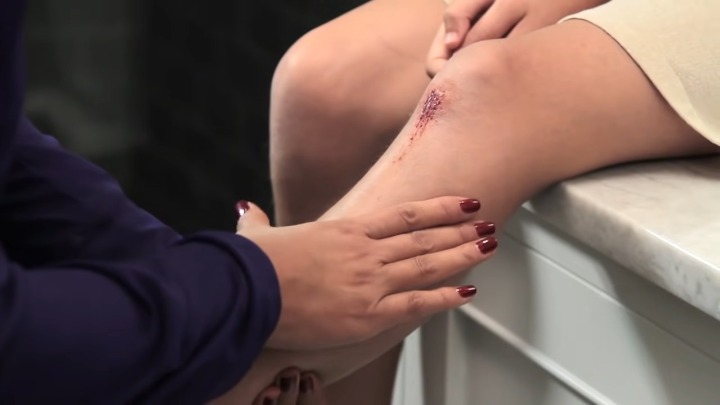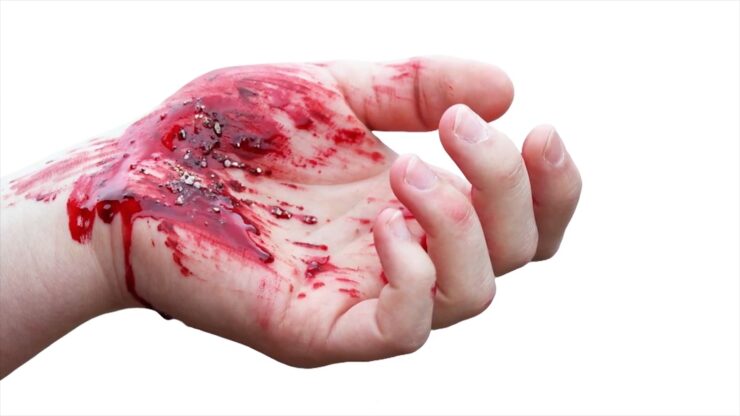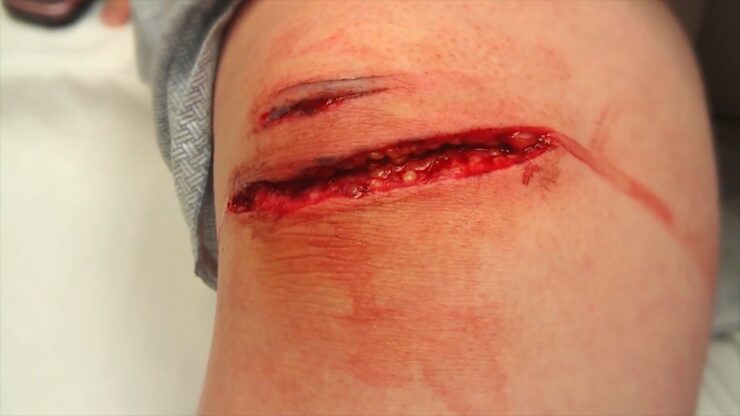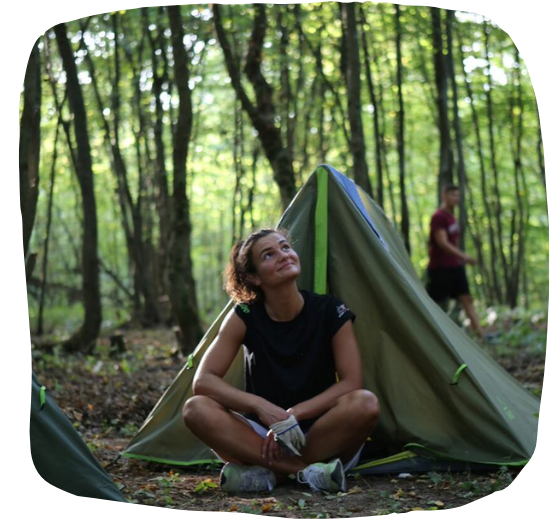Abrasion injuries are observed commonly, and you must have personally experienced them. Usually, activities like riding bikes, kids riding bicycles, playing soccer or football, steep hiking, and working near moving parts of machinery, involve the risk of abrasion injuries.
Abrasion is caused due to friction between skin and rough surface, the more the roughness of the surface, the more the severity.
Now you know why soccer is played on a grassy pitch. If you experienced this painful injury, the first thought may come into your mind, how long you are going to be out of school, work, or the weekend game you were desperately awaiting? So you may need to know the skin abrasion healing time.
To determine skin abrasion healing time, the first thing you do after sustaining an abrasion injury is evaluated the severity of the injury. Then decide whether you need professional medical care, or you can treat it by yourself.
Contents
Abrasion Categories
There are three categories of abrasion injuries following the severity of the wound:
1. First-degree abrasion

In First degree abrasion most upper layer of skin called the epidermis is affected and no bleeding is involved.
2. Second-degree abrasion

Second-degree abrasion involves damage to the second layer of skin after the epidermis, which is known as demis. There may be slight bleeding involved.
3. Third-degree abrasion

Most severe of all, it involves a tear of skin and is deeper than demis. It may cause severe bleeding and usually needed medical care.
The factors involved in skin abrasion healing time
Estimating skin abrasion healing time is dependent on multiple factors such as:-
- Severity
- The treatment you are having
- Health condition
- Age
- Location of injury
1. Severity
Severity is the most crucial factor to evaluate skin abrasion healing time. If the wound is deep, then it obviously will take more time to heal as compared to a slight abrasion wound. The first-degree abrasion only requires ointments even no bandage sometimes, as it affects the uppermost layer of skin.
However, for second-degree abrasion, you need a little bit more care and proper antiseptic as well as adequate dressing. At last, for third-degree abrasion, immediate medical attention is required and you should consult with doctors.
Read also: How to treat cut on the head under hair
2. Quality of treatment you are having
Moreover, if you are having treatment as per standard, the affected area may heal fast.
Your wound will heal faster if you follow all the standard operating procedures such as proper dressing, medication, and changing your bandage regularly. On the contrary, if you’ll be reluctant to follow SOPs, it will take more time to heal.
3. Age and Health condition
The last factor is your health; for example, a diabetic patient usually required more time to recover than an average healthy person. The immunity level of your body and your age also plays a part in healing as a younger person heals fast than an aged person.
All these factors can defer in your case, you should evaluate your own, considering your condition, severity level, age, treatment, etc. However, skin abrasion healing times for different grade abrasion injuries are:
- skin abrasion healing time for a first-grade abrasion injury
As it is considered a minor injury and no bleeding is involved, this may take between 3-7 days depending on your health and age.
- skin abrasion healing time for a second-grade abrasion injury
As we explained earlier, this kind of injury damages your lower layer of skin so requires a little bit more time about 15 to 20 days for proper healing.
- skin abrasion healing time for a third-grade abrasion injury
Considering the severity of this kind, need much more time to heal. This type of wound may take at least four weeks to heal, again depending on your health.
First aid for abrasion
We first need to know, when you can consider the option of a first aid kit for abrasion injuries. As we explained above, in different grades for abrasion injuries, first aid can be an option you consider for first-grade injury or perhaps second-grade injury.
But for third-grade injury, you should immediately seek medical care. Injury can be treated at home either using your household things or using your ‘first aid kit.”
First aid for abrasion-home Remedies
These remedies are only effective for minor abrasions, not for severe third-grade abrasion injuries.
- Apply aloe Vera gel or fresh aloe Vera, if available at that time. Apply on the affected area and repeat it three times a day. Research study on aloe Vera healing properties shows encouraging signs.
- As we all have turmeric powder in our home for cooking purposes, but do you know it’s a very effective antiseptic as well. Mix turmeric powder with water and make a paste and apply that on the wound. Do not cover it with a bandage and repeat this two times a day. Reminder, as this may hurt a bit but worth a try if another antiseptic is not available.
First-aid Kit for abrasion

The first aid box for abrasion should have the following items: –
- Sterile gauze pads
- Latex Gloves/Disposable gloves
- Surgical scissors
- Adhesive Tape
- Safety pin
- Gauze rolls &pads
- Adhesive bandage
- Different bandages(butterfly, standard bandage, knuckle bandage)
- Alcohol swab/pads/ Antiseptic pads
- Tweezers
- Antibiotic ointment/cream
Usage of First aid kit
First aid for abrasion requires the following steps using the above items.
- Starting with washing your hands, if not possible, you can use latex gloves to prevent infection.
- Now use sterile gauze pads against the affected area to stop bleeding. Don’t remove the sterile gauze pad until you are sure the bleeding has stopped.
- After the bleeding has stopped, prepare yourself to clear the wound. Use alcohol pad/antiseptic pads for cleaning, and this may hurt a bit, don’t worry, it will go away.
- Note: remove any debris remaining in the wound by using a tweezer.
- Now it’s time for dressing, apply a layer of antibiotic cream this will help to moist your wound.
- If it’s a minor abrasion injury no need to cover it, apply ointments regularly.
- However, if the abrasion injury is severe, then cover it with a sterile gauze pad, use a gauze roll over it and use a safety pin for holding it.
References:
https://myhealth.alberta.ca/Health/aftercareinformation/pages/conditions.aspx
https://www.healthline.com/health/abrasion
https://www.webmd.com/first-aid/ss/slideshow-how-does-your-wound-heal

I love camping! There’s nothing like being in nature, getting away from the hustle and bustle of everyday life.


